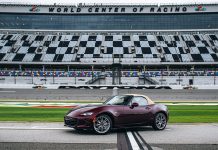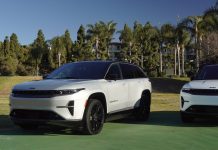
The system outperformed existing models in mapping out evacuation routes for people fleeing natural disasters such as earthquakes and floods, according to researchers.
The system was tested in an earthquake scenario simulated on a realistic map of a small coastal town of Furubira in Japan’s northern Hokkaido island.
It used what researchers called “supervised hybrid quantum machine learning” to shorten escape times for cars in the scenarios.
Researchers found that the quantum-based model improved the accuracy of a traditional computer by 7%. It also requires only local information to make decisions, which amounts to less than 1% of the map information.
Both of these factors could be a life-saving change in fast-evolving and uncertain disaster situations.
The system was built in partnership between Germany-based Honda Research Institute Europe (HRI-EU) and Terra Quantum, a quantum technology company with offices in both Germany and Switzerland.
Researchers said that their system could be used to give turn-by-turn guidance to people evacuating their homes and also to supplement GPS navigation in cars.
According to Dr. Sebastian Schmitt, principal scientist at HRI-EU, the realistic application of quantum technologies was “one of the biggest challenges” in the field today.
“This work represents a promising step in that direction and shows how to employ hybrid quantum-classical learning architectures in a real-world use-case,” Schmitt said.
Markus Pflitsch, founder and CEO at Terra Quantum, said: “This is just the start, we see the huge potential in applying quantum technologies in the automotive and mobility sectors.”
According to Terra Quantum, the next step is to expand the service to larger cities and to incorporate real-time traffic and satellite data.
The paper detailing the study was published as a preprint on arXiv, an open-access research platform.




